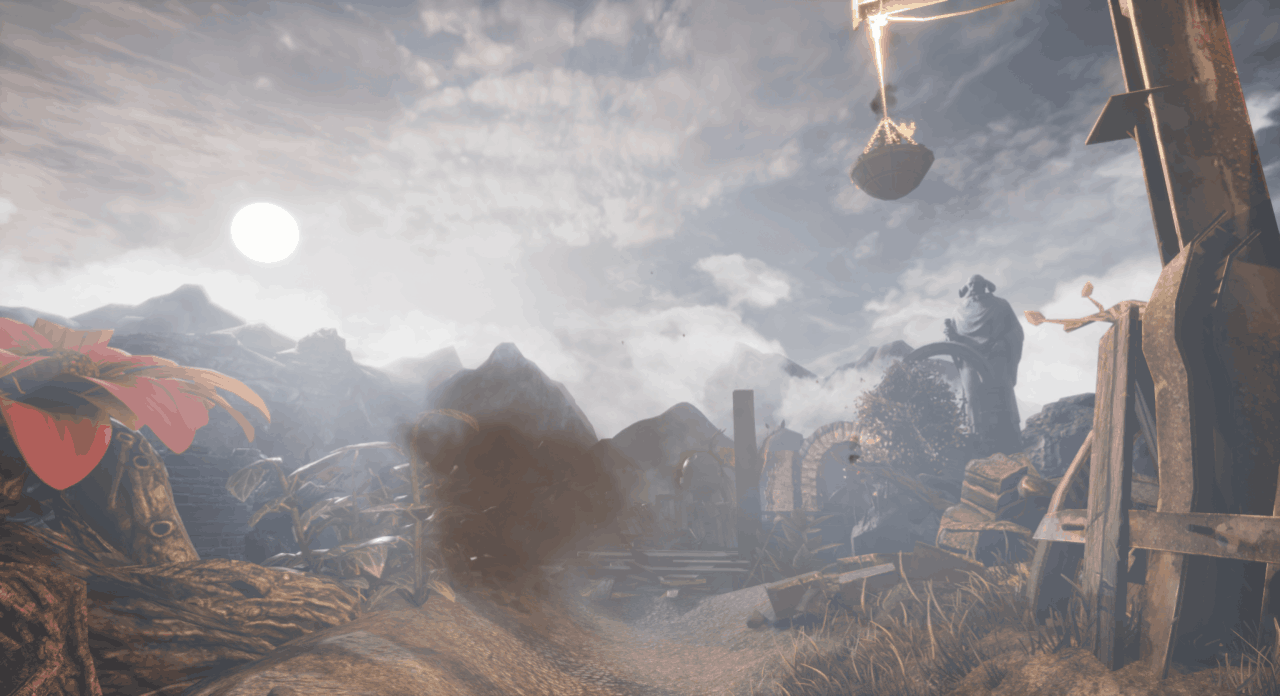
Hello everyone!
I’ve been in the industry for more than 10 years now, working across multiple different engines, and yet - I always struggled to make my VFX look good in all lighting scenarios.
You make a piece of smoke that looks good during a sunny day, but in the night scene - it’s pitch black. Make some nice looking sparks, and on a different scene they approach epileptic supernova level of brightness. Make some water splashes, and it’s all good - until there is a storm, and now they are barely visible. I’m exaggerating a bit - but I’m sure you know what I mean.
I saw (and tried) all sorts of hacks: add a bit of unlit glow here and there, try to reverse the eye adaptation exposure changes in the shader, expose some parameters and give them to the level artist to play with, bite the bullet and adjust VFX for every scene manually, create some sort of system to react to day/night cycle, give up and accept that in some cases the VFX will look out of place and e.t.c.
And yet, these are still, well, hacks. Clutches to try and work around how the engine naturally works.
And it seems that with more and more games going cinematic, with physics based lights, GI, some advancements in real time volumetrics, tonemapping, directors playing around with bloom, color correction and exposure all the time and e.t.c. i’m having to implement more and more clutches every time.
I guess it partially comes down to the conflicting idea of “we want everything super photoreal, PBR and all, but we still want to see sparks and muzzle flashes during the brightest of days”, and partially - to the essence of rendering translucent stuff in predominantly deferred engines in general. I’m not complaining - it’s my job, just sharing an observation.
Do you have similar problems? Have you found some solutions that don’t feel like fighting against your engine of choice? Is there something I fundamentally missed? Would like to hear your opinion!